After a long bath, don’t we often reach for cotton swab? It’s something we all find satisfying. Many of us keep cotton swabs handy at home, right alongside our comb, moisturizer, and other daily essentials. People use them to clean their ears, usually once a day.
What is earwax?
The skin inside your ear canal produces oil, which combines with dirt to form wax. Everyone’s earwax can vary—some may feel dry, while others might be stickier. Everyone produces earwax because it’s natural.
Even though we may not like the appearance of earwax, it serves a purpose. It creates a protective barrier for your ear canal, preventing dirt, germs, and bacteria from entering.
Should we clean out earwax?
It’s tempting to use a cotton swab to clean out earwax. Twisting the swab in your ear canal might feel satisfying, but it can actually damage your ears.
Is it okay to use cotton swabs for earwax?
Using cotton swabs to remove earwax has become quite common. Most people have given it a try at least once. However, doctors advise against using cotton swabs to clean your ears.
Why shouldn’t we use cotton swabs for earwax removal?
While using cotton swabs might provide temporary relief from earwax buildup, it can also pose several risks and problems:
Pushing Earwax Inside:
A major risk of using cotton swabs is pushing earwax further into your ear canal. Instead of removing the blockage, you could inadvertently compact the earwax, exacerbating the issue. This can lead to increased discomfort and potentially harm your ear canal.
Injuring Your Ear Canal:
Your ear canal is quite delicate, so inserting cotton swabs too deeply or forcefully could result in injury. Scratches, cuts, or punctures in your ear canal can be painful and increase the likelihood of infection by allowing germs to enter.
Earwax Buildup:
Frequent use of cotton swabs can disrupt the natural movement of earwax out of your ear. This can cause earwax to become lodged deeper inside your ear, potentially requiring a doctor’s assistance for removal.
Risk of Infection:
Earwax acts as a shield against germs and other foreign substances that shouldn’t be in your ear. However, when you use cotton swabs to clean your ears, you disrupt this protective barrier, increasing the risk of infections.
Harming the Eardrum:
Excessive use of earphones can occasionally cause serious damage to your eardrum, which is crucial for hearing. If there is a hole in your eardrum, you may experience various issues in addition to hearing loss.
What is earwax blockage?
Have you ever felt a sense of fullness or discomfort in your ears? It could be due to a blockage of earwax, known as cerumen impaction. Earwax, medically referred to as cerumen, is a natural substance produced by glands in the ear canal. Its main purpose is to lubricate and safeguard the ear canal by trapping dust, debris, and bacteria, thereby preventing them from reaching the eardrum.
Who is likely to get earwax blockage?
Earwax blockage can affect people of any age, but it’s more prevalent in children than in adults.
It’s more likely to happen to people who:
- Have a lot of ear hair
- Use earphones or earplugs often
- Have skin conditions like eczema
- Have any problems with how their ears work.
What are the usual signs of earwax blockage?
- Earache
- Difficulty hearing
- Feeling like your ears are stuffed up
- Ringing in your ears
- Feeling dizzy
- Always itching your ears
- Seeing any liquid coming out of your ears
If you have any of these signs, here are the basics of how to safely remove blocked earwax.
What happens if you have earwax blockage?
Experiencing excess earwax can be uncomfortable, but it’s typically not harmful. However, if you’re having symptoms such as ear pain, dizziness, or difficulty hearing due to blocked earwax, it’s important to seek medical attention.
Certain individuals naturally produce more earwax than others and may require regular assistance in removing it. Consult your doctor for advice on how to soften earwax and maintain ear health.
How to get rid of earwax without using cotton swabs?
Because using cotton swabs to remove earwax can be risky, it’s crucial to be aware of safer alternatives. Here are some options:
- Over-the-counter ear drops: These drops can soften earwax, helping it come out on its own. Follow the instructions on the package and talk to a doctor if you still have problems.
- Get professional help: If you have a serious earwax problem, it’s best to see a doctor or an ear, nose, and throat specialist. They have special tools to remove earwax safely.
- Earwax Removal Care Kit: ND Products Ear-O-Care kit offers a safe way to remove earwax. It includes a special tool with soft tips that prevent blockage and improve hearing quality.
How can you stop too much earwax from building up?
The best approach to avoiding issues with earwax is usually prevention. Here are some tips to help minimize the amount of earwax you accumulate:
Skip the Cotton Swabs and cotton swabs:
Keep in mind, while cotton swabs and cotton swabs might appear useful, they can actually do more harm than good. They have the potential to push earwax further into your ear canal, resulting in blockages and other issues.
Keep Your Ears Clean:
As part of your regular shower routine, gently cleanse the outer portion of your ear with a washcloth. This can assist in removing any surplus earwax and maintaining cleanliness.
Try Earwax Softeners:
If you frequently experience earwax blockages, regularly using earwax softening drops can be beneficial. These drops aid in softening the earwax, facilitating its natural removal by your body.
Protect Your Hearing:
When you’re exposed to loud noises, such as at concerts or while using power tools, it’s crucial to safeguard your ears. Think about using earplugs to prevent earwax from being pushed deeper into your ears. Also, if you enjoy wearing earphones for extended periods, remember that earwax can accumulate more quickly, so it’s wise to take breaks and clean your ears regularly.
Regular Checkups:
Incorporate ear health into your routine healthcare regimen. Your healthcare provider can monitor your earwax levels and offer guidance on preventing any issues. It’s similar to scheduling regular checkups for the rest of your body. Being proactive can aid in detecting any problems early.
Conclusion:
While using cotton swabs to clean earwax may appear beneficial, the risks outweigh the benefits. Pushing earwax deeper into your ear, causing injury, and risking infection are significant concerns.When faced with earwax buildup, it’s best to refrain from using cotton swabs and opt for safer methods instead. Dealing with earwax can be bothersome, but interfering with it can lead to more significant issues. Therefore, before reaching for those cotton swabs, prioritize the health and safety of your ears.
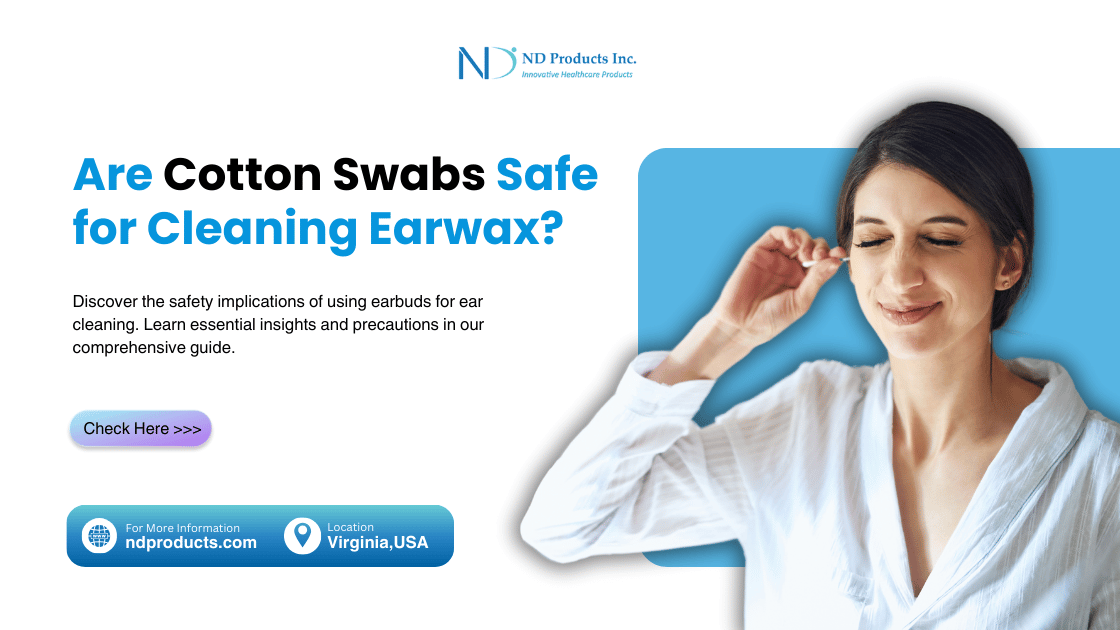
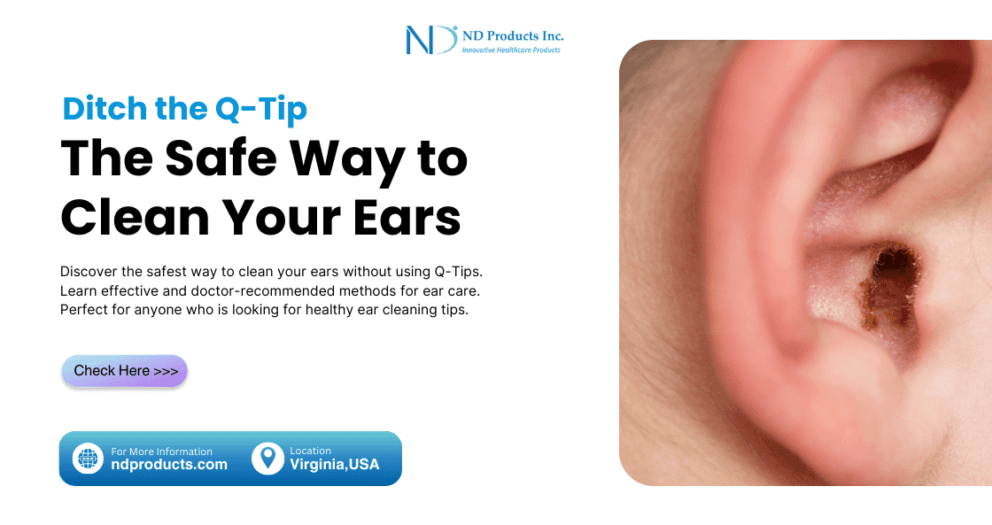
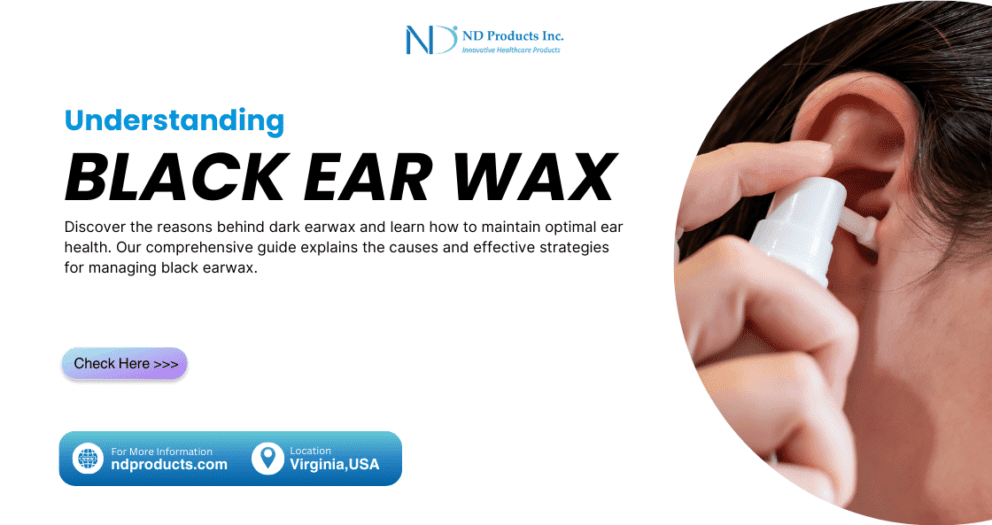

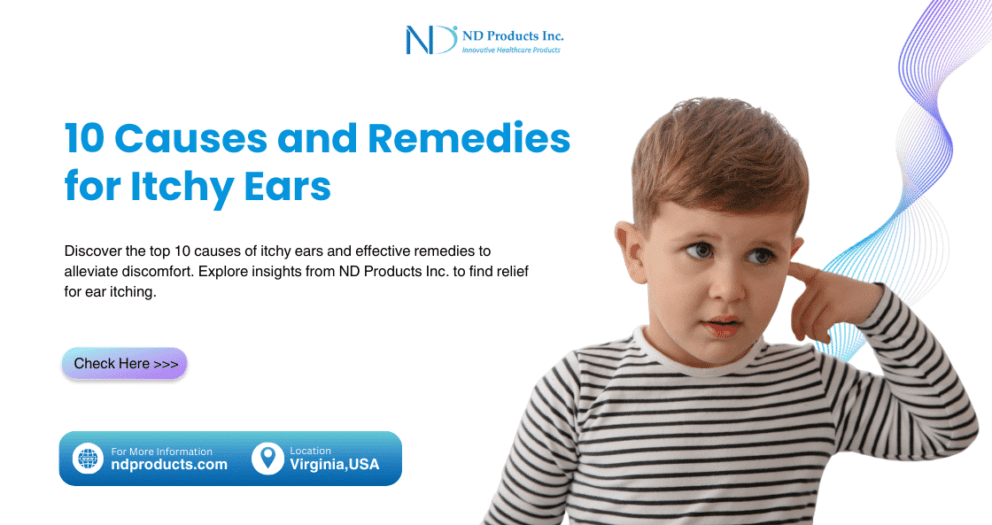
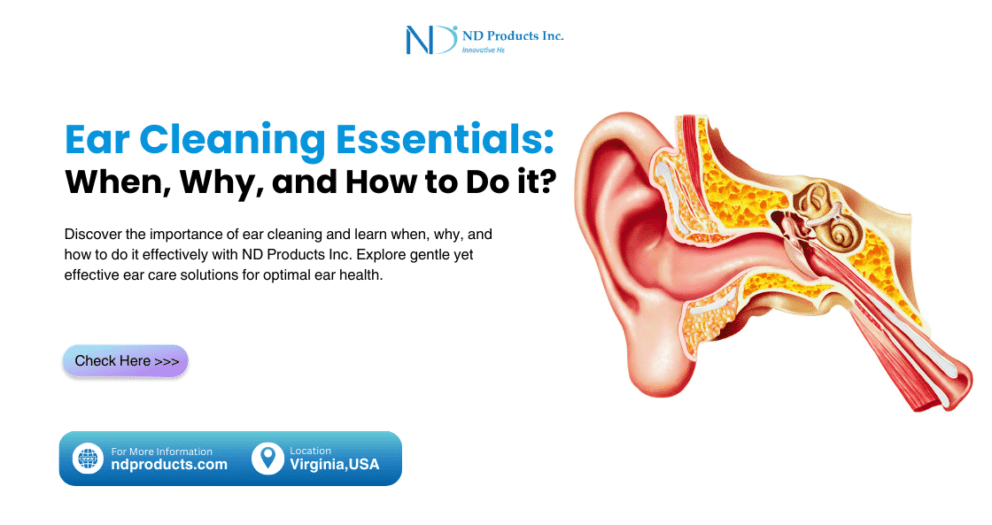
Write a comment
Your email address will not be published. All fields are required